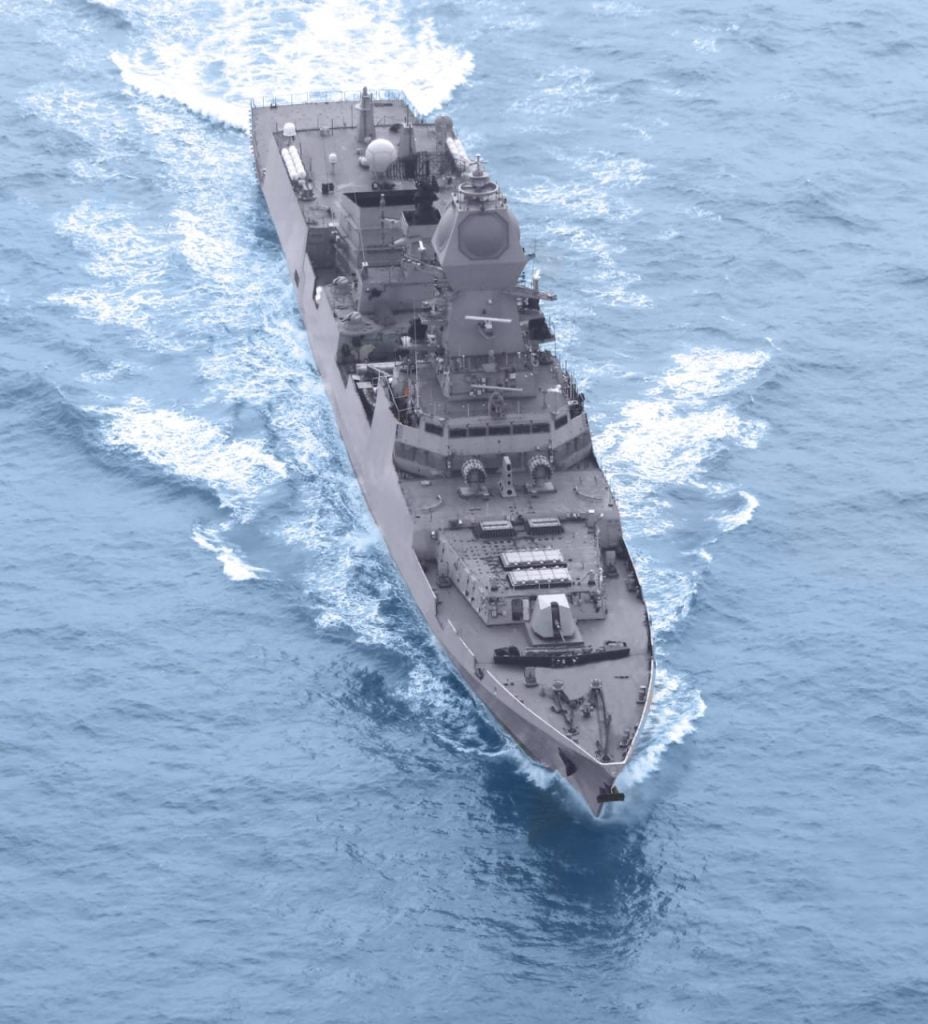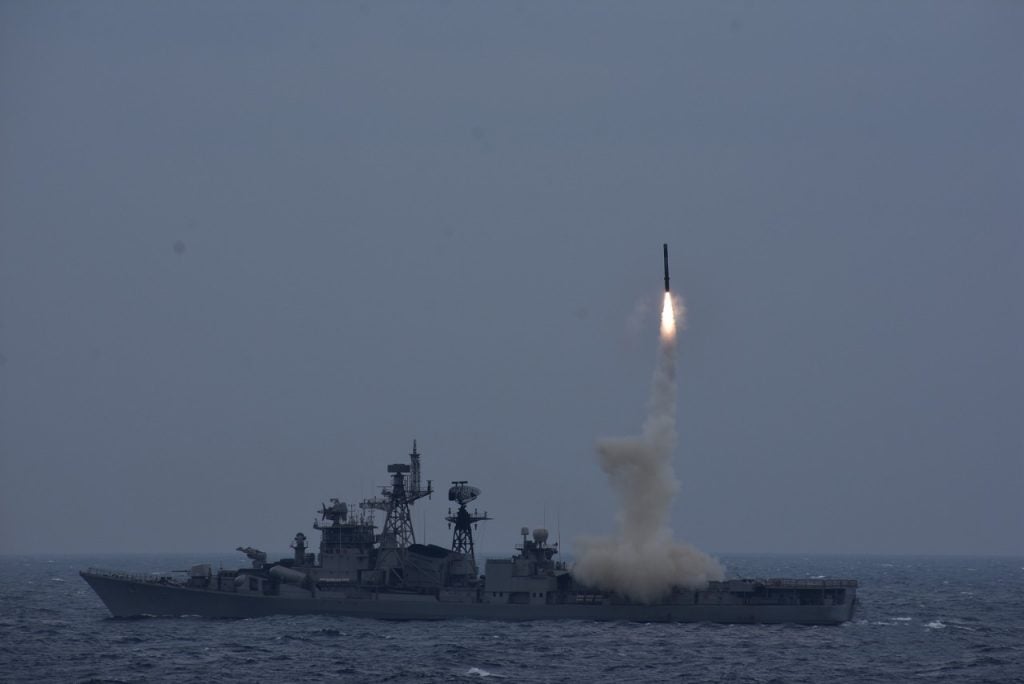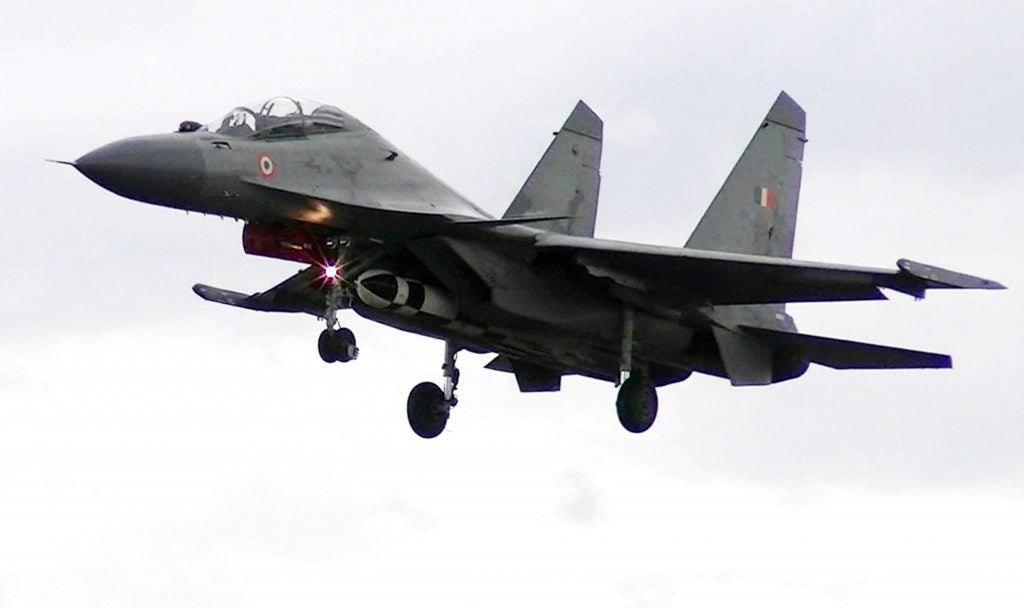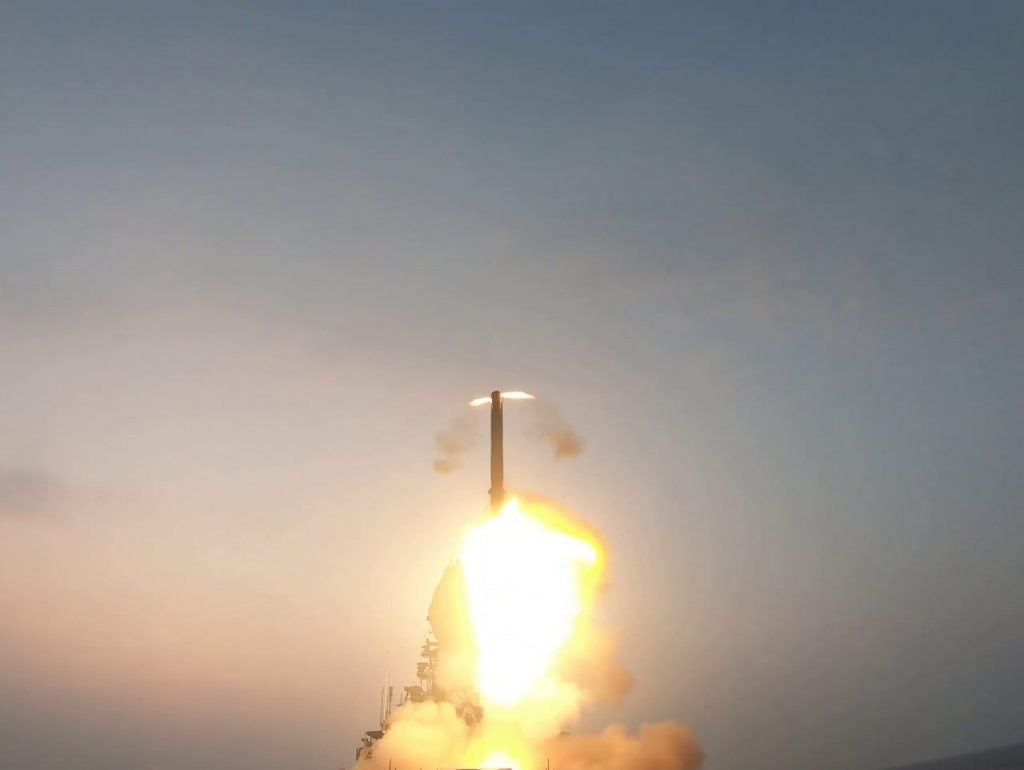Extended Range BrahMos Tested Successfully From INS Visakhapatnam
The Indian Navy conducted a test of an advanced sea to sea variant of the BrahMos supersonic cruise missile on 11 January. It was tested from the destroyer INS Visakhapatnam, which was commissioned on 4 December, 2021. A tweet by the Defence Research and Development Organisation (DRDO) stated that the “missile hit the designated target ship precisely”.

The Navy confirmed in a tweet that the missile was an extended-range variant of BrahMos, which would have a range of over 400km. The test certifies the accuracy of the ship’s combat system and armament complex. 38 extended range missiles were to be acquired initially to equip the Visakhapatnam class of guided missile destroyers. Each destroyer is capable of carrying 16 BrahMos missiles, which are available in land attack and anti-ship versions.
Check out our explainer on the future of anti-ship missiles

The range of the BrahMos missile, which is a joint venture between DRDO and Russia’s NPO Mashinostroyeniya, was initially limited to 290km. This was due to limitations imposed by the Missile Technology Control Regime (MTCR). India became an MTCR member in 2016, paving the way for extended range versions of BrahMos to be developed. It also paved the way for India to export the missile. The Philippines is all set to be the first export customer of the missile in its 290km range configuration with initial funding being released in December 2021.
The Visakhapatnam class (Project 15B) destroyers were designed by the Directorate of Naval Design, a design bureau of the Indian Navy. The class consists of four ships. These are 163 meters long with a full load displacement of 7,400 tonnes and maximum speed of 30 knots. It has a range of 4,000nm at a cruise speed of 14 knots. The overall indigenous content of the project is said to be over 75%, in keeping with India’s ongoing ‘Make In India’ policy.

The BrahMos missile has also seen rising Indian content, which is currently over 65%. A RF seeker, airframe, power supply and booster are among the Indian components tested on the missile from 2018. A new RF imaging seeker as well as different warheads are also being developed. The air launched version of the missile was recently tested and cleared for serial production. The missile would eventually achieve an indigenous content of over 80%. A smaller, faster version called BrahMos NG is being developed. DRDO is also working on a Supersonic Target (STAR) program which would use an Indian liquid fueled ramjet engine.

